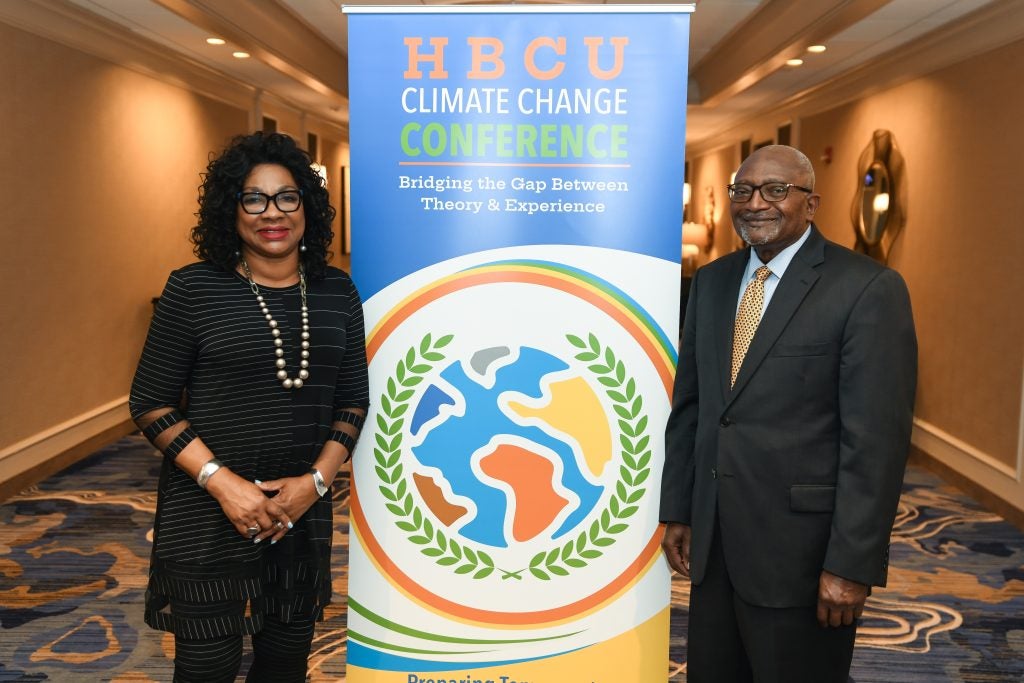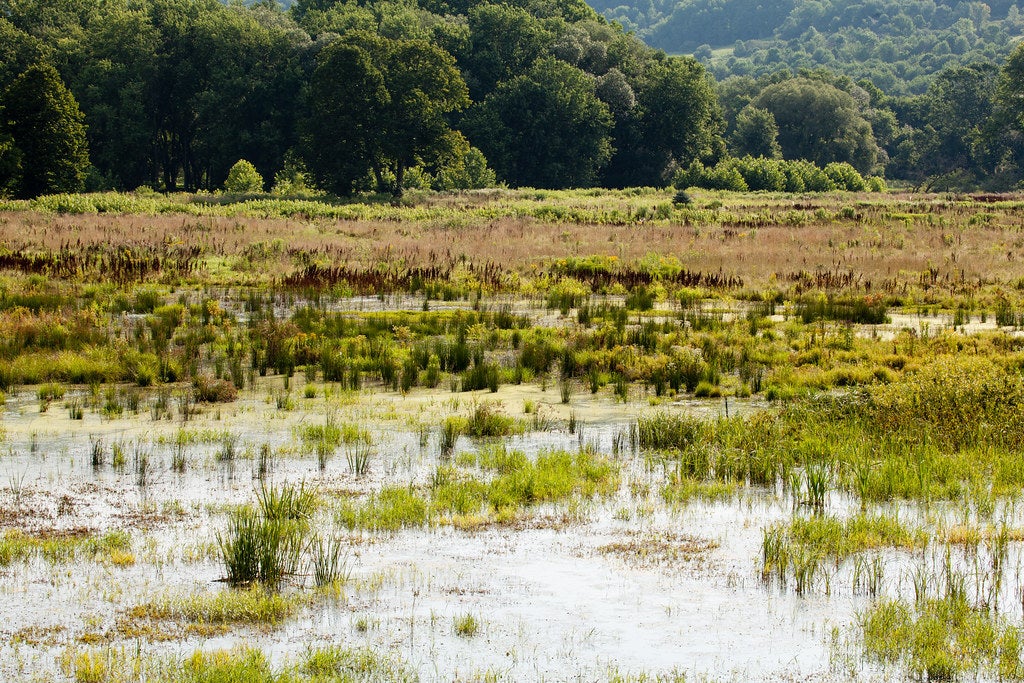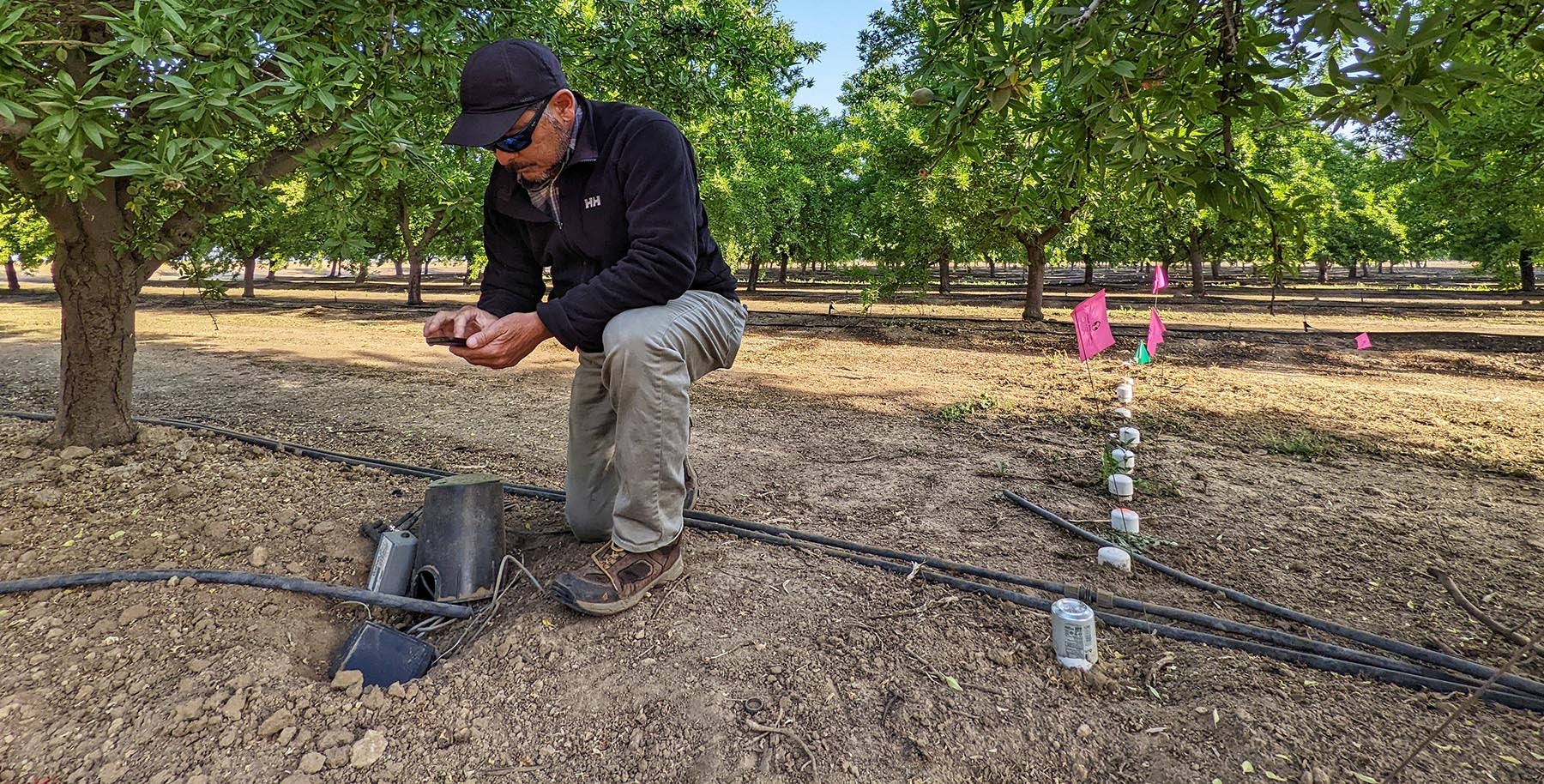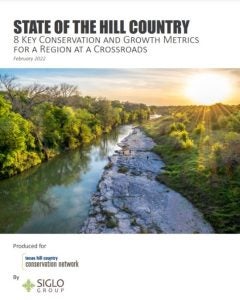Last month, a Nor’easter left parts of Hampton Roads flooded for days, disrupting transit and damaging property. This situation is a reality for a growing number of Virginians who are experiencing more intense and frequent flooding due to rising sea levels and heavier precipitation.
Without action, coastal flood damages are expected to cost Virginia $5.1 billion annually by 2080, which is why its leaders must use every tool in the toolbox to match the scale of challenges facing people across the Commonwealth.
While Virginia’s General Assembly concluded its 2022 legislative session with several successes, more work is needed – particularly in securing long-term funding for flood resilience, to protect people and natural resources from flood threats now and in the future.
Here are three key takeaways from Virginia’s legislative session relating to flood resilience. Read More














